About
How did we get here?
Several previous planning activities will be used to inform this project. In 2014, WYDOT completed a Planning and Environmental Linkages (PEL) study for WY 22, which also included a portion of WY 390. The study included robust stakeholder engagement and established a vision for the future of the WY 22 corridor. Because the PEL identified the need for WY 22 improvements, WYDOT included funding for WY 22 in its Statewide Transportation Improvement Program. WYDOT originally had planned to start the environmental and design project in 2026 but, due to public interest and coordination with Teton County, advanced the project to start in 2022.
Teton County, in collaboration with WYDOT, completed the Wilson Multi-Modal Transportation Study in 2022 to improve safety for motorists and non-motorists on and adjacent to WY 22 through the Wilson community. The study examined existing conditions, identified a preferred concept and three conceptual alternatives, and proposed an implementation strategy.
In late 2022, WYDOT approached Teton County to discuss including the County-led Tribal Trail Connector project in the WY 22 project. In December 2022, County Commissioners held a workshop to discuss this merger then sent a formal request to WYDOT to begin developing the agreement. In March 2023, WYDOT and Teton County agreed to fold the Tribal Trail Connector project into the WY 22 Corridor project.
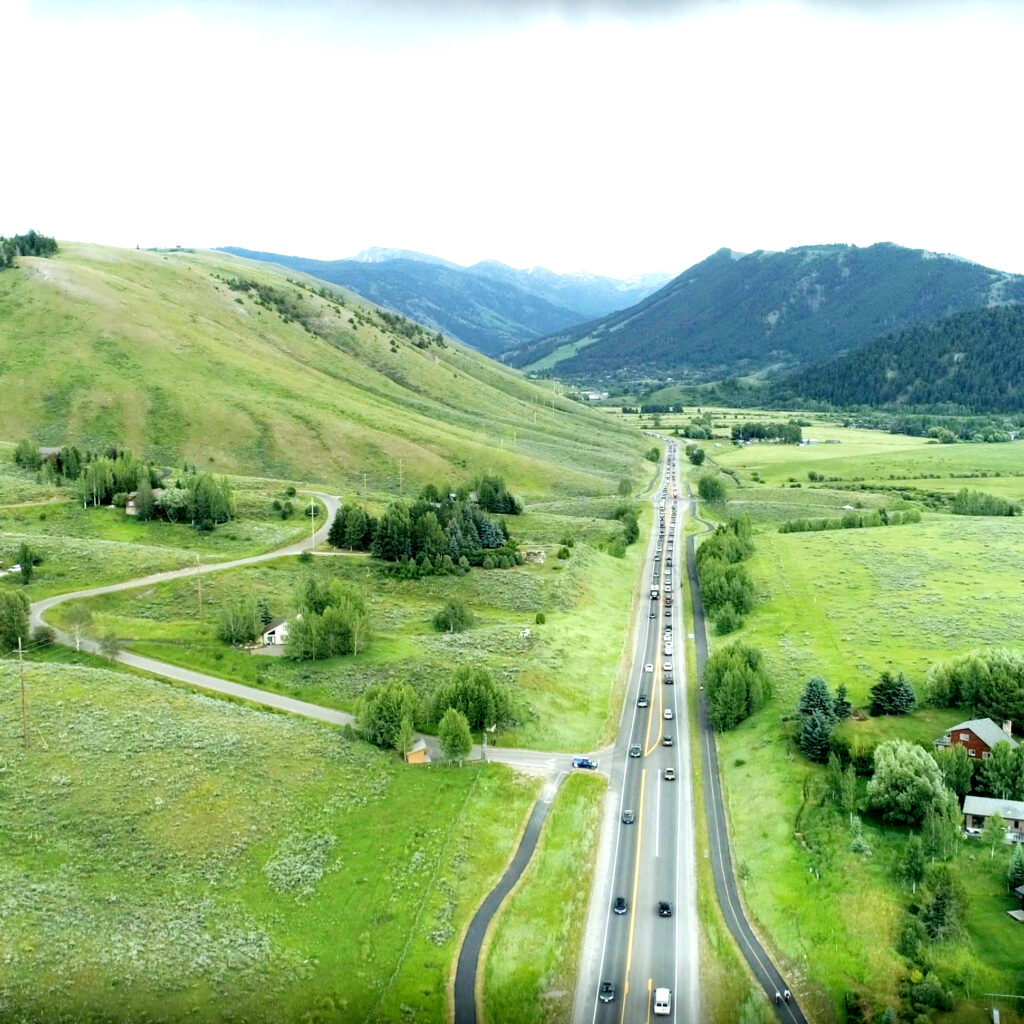
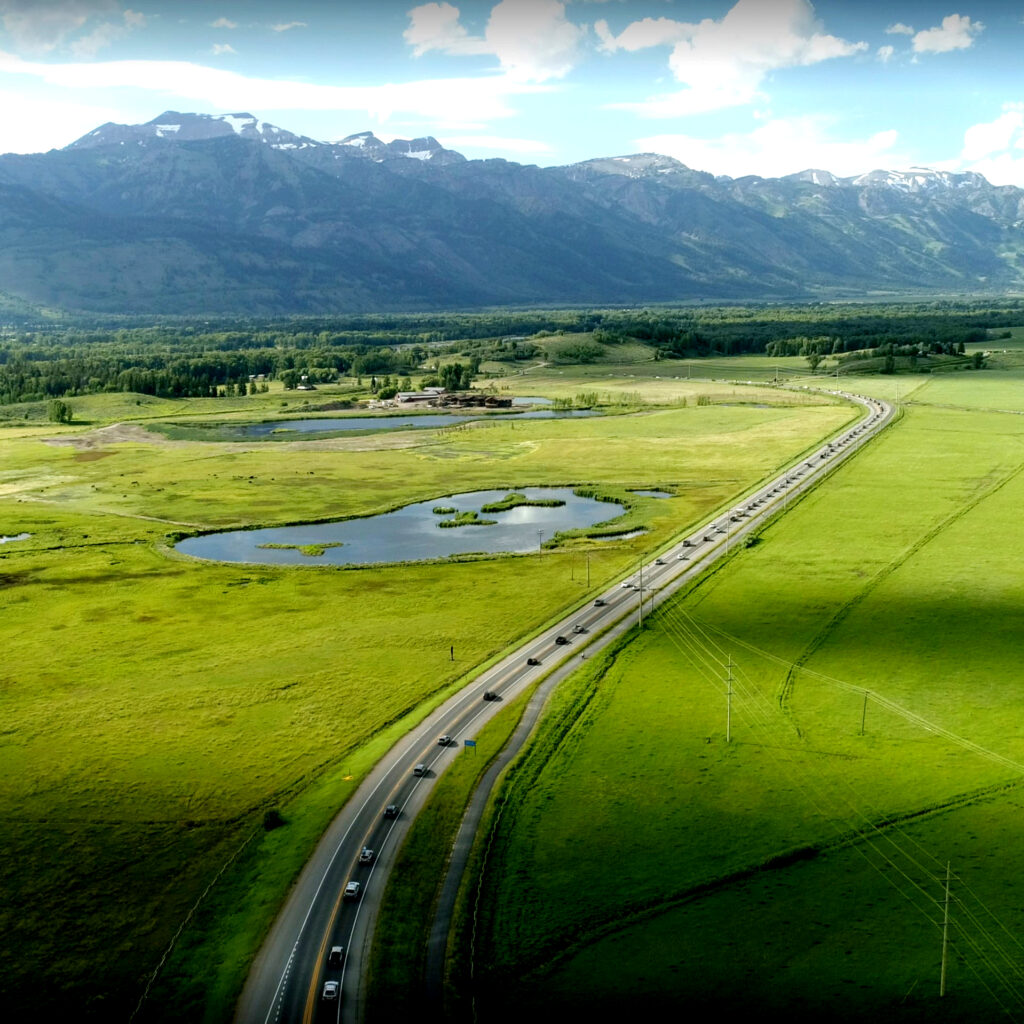
What are known issues?
The segment of WY 22 between Jackson and Wilson is the busiest and most congested two-lane highway in the state of Wyoming. The PEL demonstrated the need for mobility, safety, and wildlife connectivity improvements. Jackson’s and Teton County’s transportation planning efforts have consistently identified the need for travel redundancy in the areas accessed by WY 22. Building on the findings of the 2014 PEL and other local planning documents and analysis, this project will comprehensively examine potential corridor improvements including multimodal aspects (e.g., roadway, pathways, transit) and animal-vehicle collision mitigation opportunities—which have a dual benefit of improving roadway safety and improving wildlife movement connectivity.
How will the project proceed?
The project is comprised of three main tasks that incorporate the decision-making process defined by the National Environmental Policy Act (NEPA). The project began in late 2022. The NEPA process and preliminary design are expected to conclude in 2025. Construction timing will depend on funding availability.
WY 22 CORRIDOR PLANNING PROCESS
WYDOT is in the early phase of project development, which includes initiating environmental analysis and engaging the public, and other agencies as appropriate. Results of this early phase will be used to shape and inform a future National Environmental Policy Act (NEPA) process.
Planning Process
What is NEPA?
Enacted in 1970, NEPA requires Federal agencies to assess the environmental effects of proposed major Federal actions prior to making decisions, such as how to implement transportation improvements. NEPA establishes procedures that include identifying solutions, or alternatives, to solve a problem, and analyzing the resulting impacts. Impacts are analyzed to both the natural environment, such as wetlands and wildlife, and the human environment, such as noise, socio-economics, and right-of-way. NEPA provides for public input at the start of the project, and review and comment on the resulting decision document. However, the project’s lead agency, FHWA in coordination with WYDOT, is ultimately responsible for determining how to proceed.
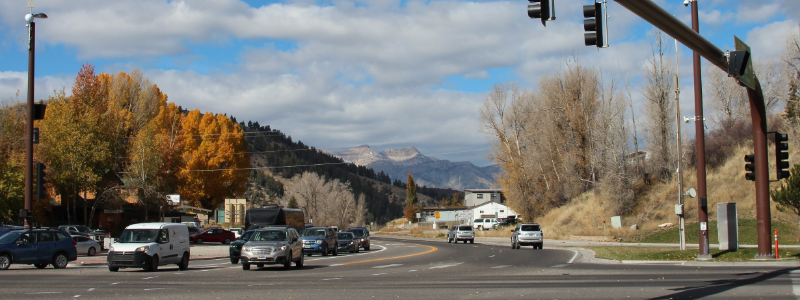
- Collect data on existing conditions
- Document needs for improvements
- Begin collecting some field data
- Traffic and safety analysis
- Identify preliminary issues and concerns
- Develop preliminary purpose and need
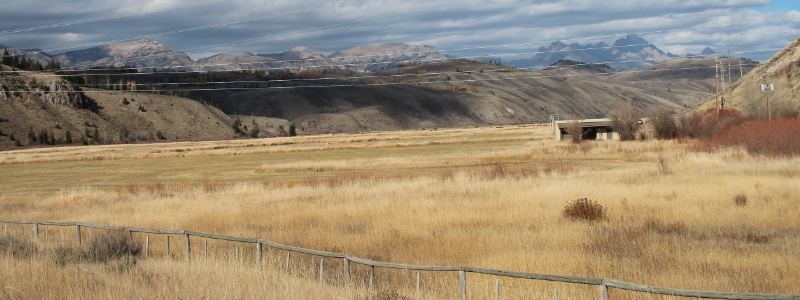
- Continue to collect environmental data
- Hold public scoping meeting
- Convene advisory committee
- Continue identifying issues and concerns
- Refine purpose and need
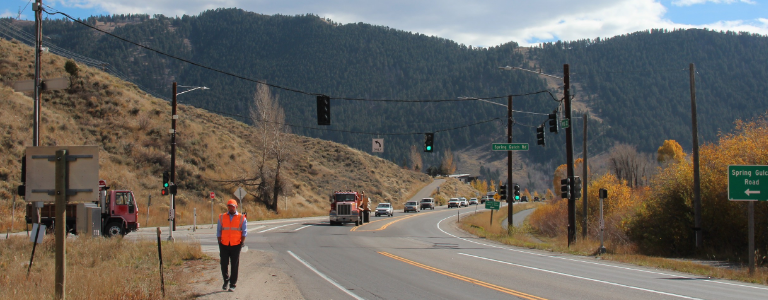
- Continue to collect data on existing conditions
- Continue identifying issues and concerns
- Document need for improvements
- Conceptual design of alternatives
- Evaluate alternatives
- Hold public meeting to review alternatives
- Identify preferred alternative

- Determine NEPA class of action with FHWA
- Document alternatives considered
- Advance design for alternatives being considered
- Conduct detailed impact analysis of alternatives
- Identify mitigation measures
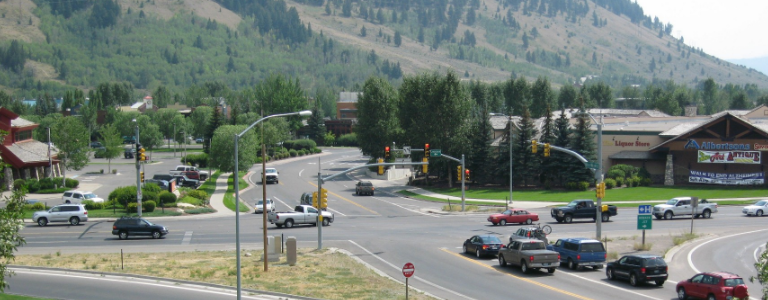
- Make NEPA document available to public and agencies
- Solicit and receive comments
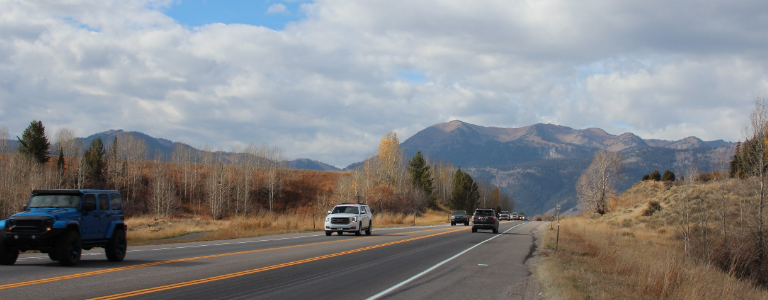
- Address public and agency comments
- Select alternative
- Commit to mitigation for impacts
- Document decision